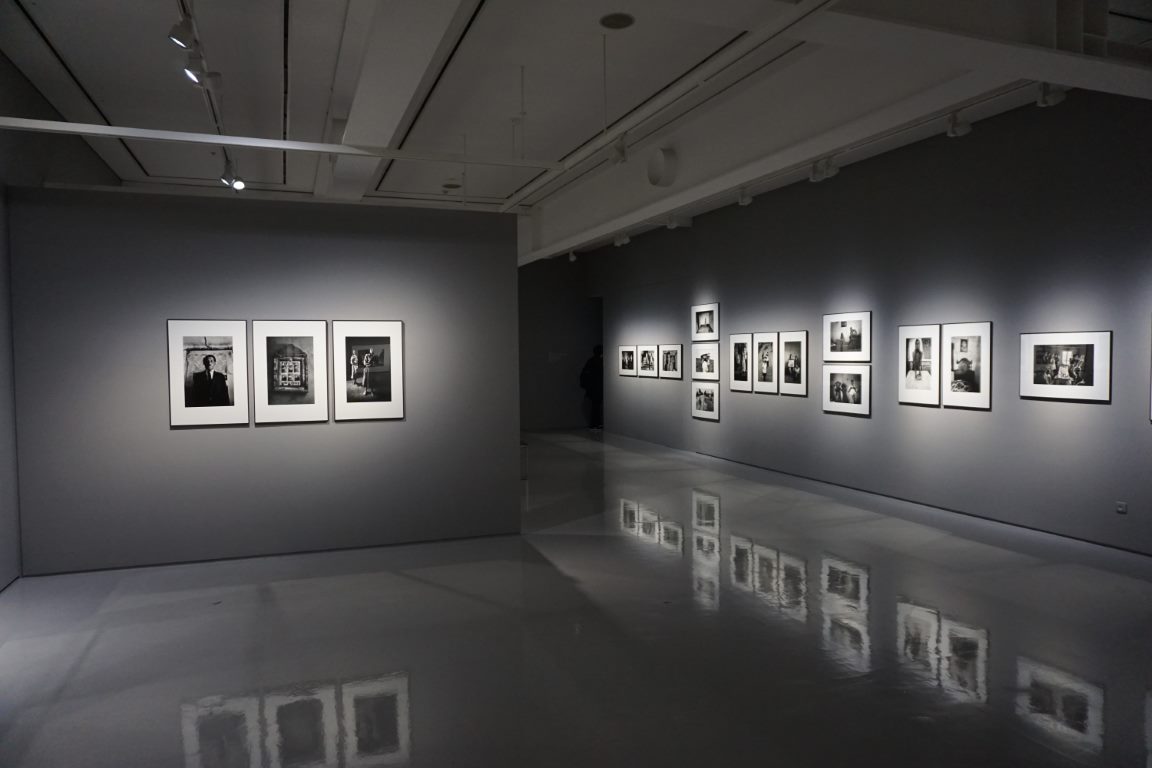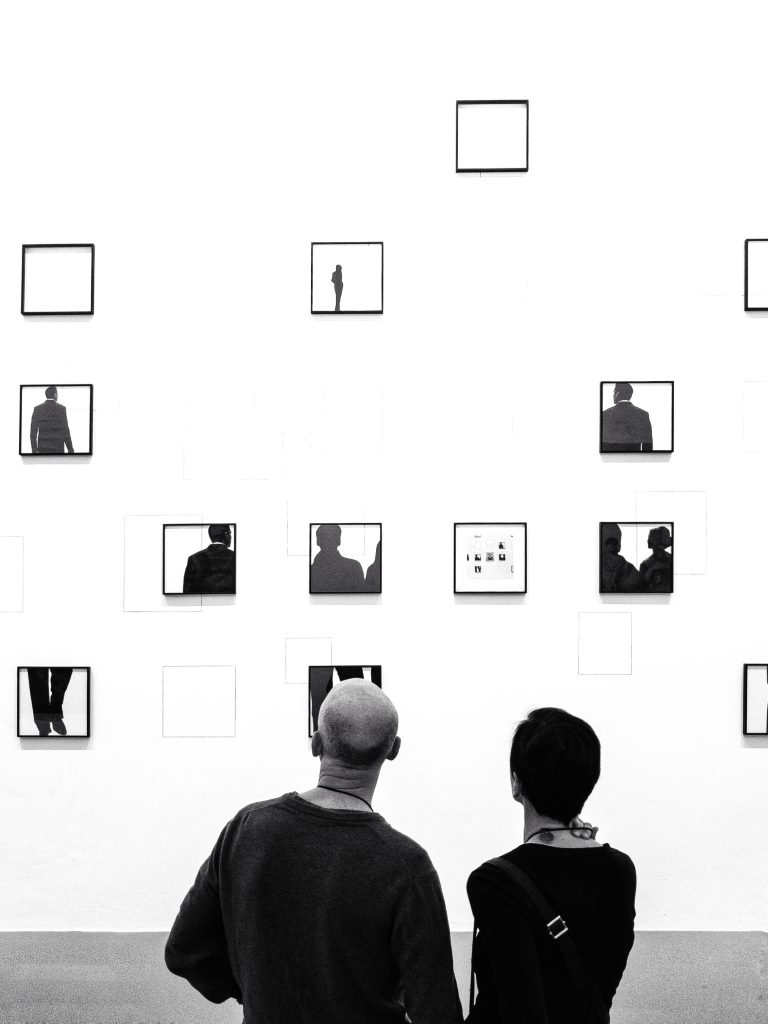Copenhagen, the capital of Denmark, is famous for its vibrant food and drink scene. It’s a city known for its delicious cuisine, craft beer, and exquisite coffee. If you’re planning to visit Copenhagen, one of the best ways to discover the city’s food and drink culture is by taking a food and drink tour. These tours take you to the heart of the city, where you’ll experience some of the best food and drink that Copenhagen has to offer. Whether you’re a foodie or just looking to try some delicious Danish treats, Copenhagen’s food and drink tours are a great way to explore the city. In this blog post, we’ll take a look at some of the best food and drink tours in Copenhagen that you shouldn’t miss.
The 2 Best Food & Drink Tours in Copenhagen
The 2 Best Food & Drink Tours in Copenhagen
1. Copenhagen Food Tour

If you’re a foodie curious about Nordic cuisine, then the Copenhagen Food Tour is a great way to discover local delicacies. On this walking tour, you’ll learn about the history of Danish cuisine while sampling artisanal cheeses, organic hot dogs, and smørrebrød open sandwiches, among other items. You’ll visit some of the city’s leading delicatessens, shops, and restaurants, where you can sample fresh, seasonal produce.
The tour concludes with a visit to the beautiful Copenhagen Botanical Gardens, where you can enjoy a taste of Danish apple wine. Note that the food samples vary depending on the season, but there will be enough to fill you up, making this a great way to experience a range of flavors without breaking the bank. With an experienced guide to lead the way, the Copenhagen Food Tour is a must for any self-respecting foodie visiting the city.
2. Favourite Private Food Tour of Copenhagen With 10 Tastings

Explore Copenhagen’s exciting food scene on this half-day private food tour, perfect for visitors with limited time in the city. Your local foodie guide will take you on a culinary journey to try some of the city’s most traditional and delicious foods that you might otherwise miss, including the Danish hotdog and pastry. With 10 hand-picked food and drink tastings included, you’re sure to leave this tour feeling satisfied and educated about the Danish cuisine. Your guide will also provide insights into each dish and destination, so you can truly immerse yourself in the Danish culture. The tour starts and finishes at central meeting points, with hotel pick-up and drop-off included. Don’t miss out on this fantastic food tour experience in Copenhagen!
The Most Frequently Asked Questions About Copenhagen
Copenhagen, the capital city of Denmark, is a popular destination for tourists from around the world. With its beautiful architecture, vibrant nightlife, and rich history, it’s easy to see why it’s such a popular choice. However, with so much to see and do, it’s natural for visitors to have questions. In this post, we’ll address some of the most frequently asked questions about Copenhagen to help you plan your trip.1. When is the best time to visit Copenhagen?
The best time to visit Copenhagen largely depends on your interests and preferences. Summer is the peak tourist season, with warm weather and long days providing the perfect backdrop for exploring the city’s many outdoor attractions. However, this also means bigger crowds and higher prices. If you prefer cooler temperatures and a less crowded atmosphere, consider visiting in the shoulder season, either in the spring or fall. The winter season is also an option, especially if you enjoy the holiday festivities and cozy atmosphere of the city during this time.2. What are some must-see attractions in Copenhagen?
Copenhagen has many attractions, but some of the must-see places include:a. Tivoli Gardens:
Located in the heart of the city, Tivoli Gardens is one of the oldest and most popular amusement parks in the world. With rides, games, restaurants, and concerts, there’s something for everyone here.b. The Little Mermaid statue:
This iconic statue is based on the fairy tale by Hans Christian Andersen and has become a symbol of Copenhagen. The statue is located at the Langelinie Promenade by the harbor, and it’s a popular spot for photos.c. Nyhavn:
This colorful canal district is a hallmark of Copenhagen’s architecture and a popular destination for tourists. Here, you can find many restaurants, bars, and cafes with outdoor seating by the water.3. How is the public transportation system in Copenhagen?
Copenhagen has an excellent public transportation system, consisting of buses, metro, and suburban trains. The city is divided into zones, and tickets can be purchased for single trips or for multiple journeys within a given time frame. It’s also worth considering purchasing a Copenhagen Card, which provides access to all public transportation and many attractions, as well as discounts at restaurants and shops.4. Is Copenhagen an expensive city to visit?
Yes, Copenhagen is generally considered to be an expensive city compared to other European cities. Prices for accommodations, food, and attractions can be higher than average. However, there are ways to save money, such as staying in a hostel, taking advantage of free attractions, and eating at more affordable restaurants.5. What are some cultural customs to be aware of when visiting Copenhagen?
Denmark has a rich cultural heritage, and there are a few customs to be aware of when visiting:a. Hygge:
This concept of coziness and comfort is an essential part of Danish culture. You can experience hygge by visiting cafes and restaurants with warm interiors and by taking a stroll in the many parks and gardens.b. Biking:
Copenhagen is known as one of the most bike-friendly cities in the world. Biking is a common mode of transportation for locals and tourists alike, and you can rent bikes from many locations throughout the city.c. Respect for the environment:
Denmark is known for its commitment to sustainability and environmentalism, and it’s important to respect this by following recycling guidelines and reducing waste while traveling.How to Spend Your Time as a Tourist in Copenhagen
Copenhagen, the capital of Denmark, is a beautiful and vibrant city with a rich history and culture. It is a popular tourist destination known for its magnificent waterfront, colorful houses, and thrilling theme parks. If you are planning a trip to Copenhagen and wondering how to spend your time as a tourist, then you have come to the right place. In this guide, we will provide you with a comprehensive itinerary of things to do in Copenhagen.Day 1: Explore the City Center
The city center of Copenhagen, also known as Indre By, is the perfect place to start your trip. This area is filled with historical landmarks, trendy restaurants, and designer shops. Begin your day by exploring these top city center attractions:1. Tivoli Gardens
Tivoli Gardens is an amusement park that has been entertaining visitors since 1843. It is one of the oldest theme parks in the world and a must-visit attraction while in Copenhagen. The park has over 20 rides, including roller coasters and a variety of other thrilling attractions. Tivoli Gardens is also home to numerous restaurants and cafes, making it an excellent place to stop for lunch.2. The Little Mermaid Statue
The Little Mermaid Statue is perhaps Copenhagen’s most famous landmark. The bronze statue, created by Edvard Eriksen in 1913, was inspired by the Hans Christian Andersen fairytale of the same name. The statue is located in the harbor, making it a perfect spot for a photo-op.3. Nyhavn
Nyhavn is a postcard-worthy waterfront area peppered with colorful houses, trendy cafes, and restaurants. With a canal running through it, Nyhavn is the perfect place to sit back and relax while soaking up the sights and sounds of the city.4. Amalienborg Palace
Amalienborg Palace is the official residence of the Danish Royal Family. The palace consists of four identical buildings, each with its own courtyard. Visitors can witness the Changing of the Guard ceremony that takes place daily at noon.Day 2: Visit Museums and Art Galleries
Copenhagen has a rich artistic and cultural heritage. Spend your second day visiting some of the city’s top museums and galleries.1. The National Museum of Denmark
The National Museum of Denmark is Denmark’s largest museum, containing over 14,000 years of Danish history. Exhibitions include Nordic prehistory, the Viking Age, medieval times, and modern Denmark. The museum also has a family-friendly children’s section.2. The David Collection
The David Collection is a museum dedicated to Islamic art and culture. The museum’s collection includes works from Iran, India, and even China. Visitors can explore paintings, ceramics, carpets, and textiles from a bygone era.3. SMK – National Gallery of Denmark
The National Gallery of Denmark is the country’s largest art museum. It houses a vast collection of art from the 14th century to the present day. The museum’s permanent collection includes works by renowned artists such as Edvard Munch and Rembrandt van Rijn.Day 3: Explore the Outdoors
Copenhagen is one of the greenest cities in Europe. On your third day, breathe in some fresh air and explore the city’s many green spaces.1. Frederiksberg Gardens
Frederiksberg Gardens is a spacious park in the heart of the city. It is home to the famous Frederiksberg Palace, as well as numerous statues, pavilions, and bridges. Visitors can stroll along the park’s winding paths or rent pedal boats for a leisurely cruise.2. Botanical Garden
The Botanical Garden of Copenhagen is home to over 13,000 species of plants from all over the world. Visitors can explore 27 glasshouses, each with its unique vegetation. Highlights include the palm house, the tropical house, and the cactus house.3. The Deer Park at Jægersborg Dyrehave
Located just a few miles north of Copenhagen, Jægersborg Dyrehave is a stunning deer park. Visitors can wander among the park’s free-roaming herds of deer while enjoying a picnic. Make sure to take a walk to the Eremitage Palace, a majestic rococo building on the northern edge of the park.Day 4: Food and Culture
On your final day in Copenhagen, sample some of the city’s culinary delights and immerse yourself in the local culture.1. The Danish Architecture Center
The Danish Architecture Center is a must-visit attraction for anyone interested in design and architecture. It hosts various exhibitions, lectures, and guided tours throughout the year.2. Street food at Paper Island
Paper Island is a popular destination for foodies in Copenhagen. It is home to a street food market serving up a variety of delicious treats from all over the world. There is something for everyone here, from Moroccan tagines to Mexican burritos.3. Visit Christiania
Christiania is a self-governed, autonomous district of Copenhagen. The community is known for its alternative lifestyle, street art, and lively cafe culture. Visitors can enjoy a cup of coffee or Danish pastry while wandering through the district’s many stalls and shops.4. Visit Tivoli by Night
Tivoli Gardens takes on a transformed atmosphere at night, with twinkling lights and live music. Finish your trip off with a final visit to the theme park before heading back to your hotel.Conclusion
Copenhagen is a fantastic city, packed with exciting things to see and do. Whether you’re interested in history, art, or just soaking up the local culture, there is something here for everyone. With this guide, you’ll be sure to make the most of your time in Copenhagen.
Table of Contents
Table of Contents

